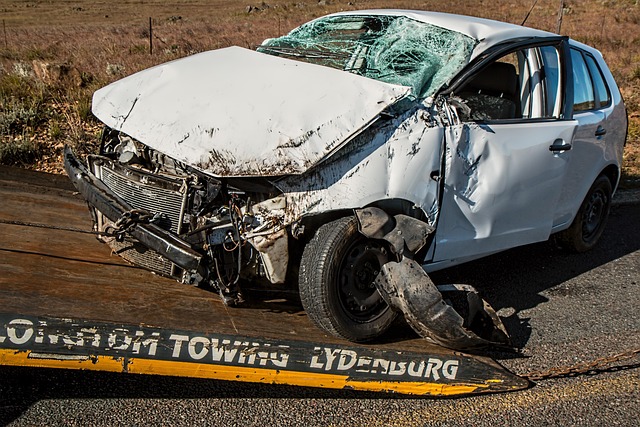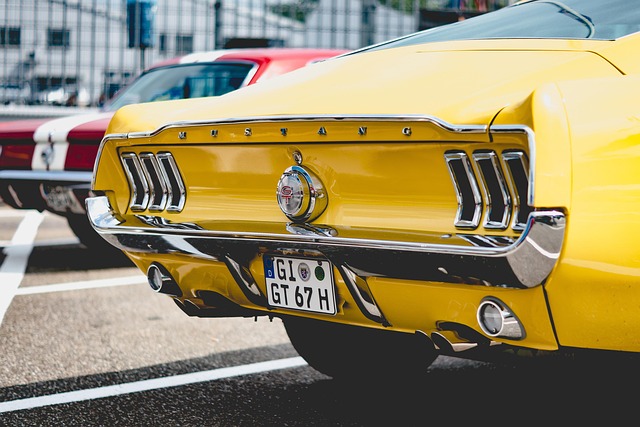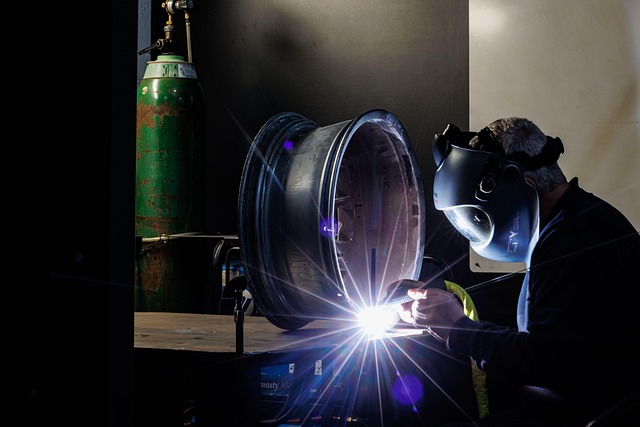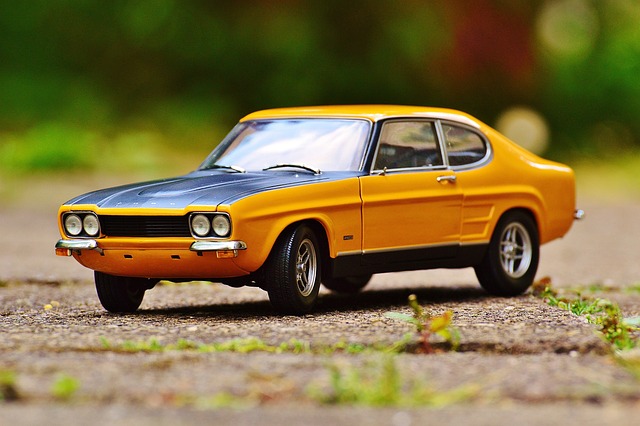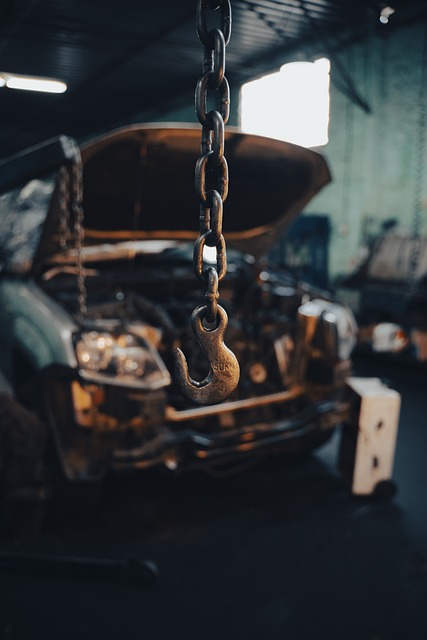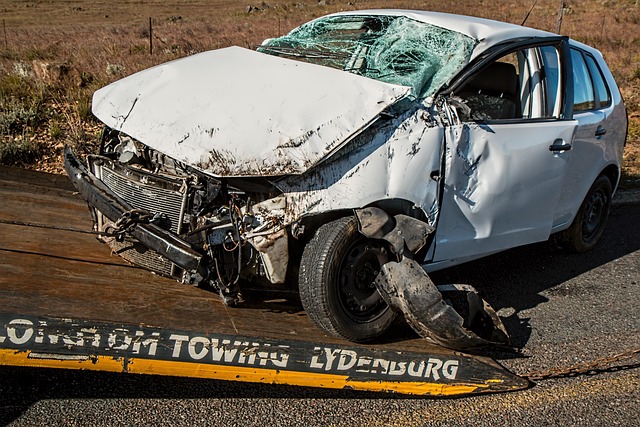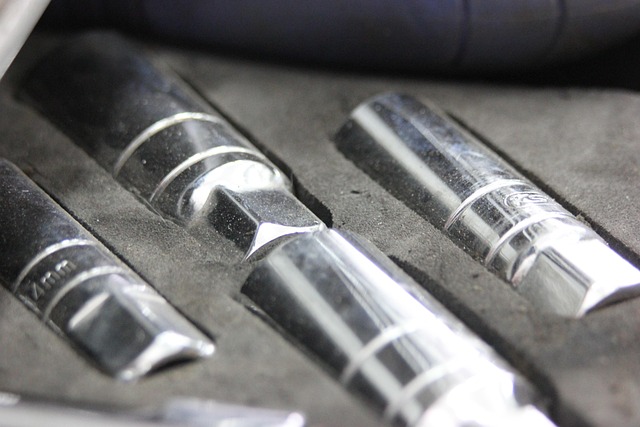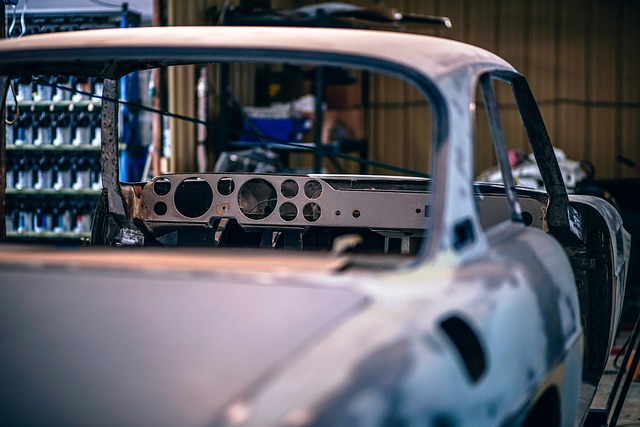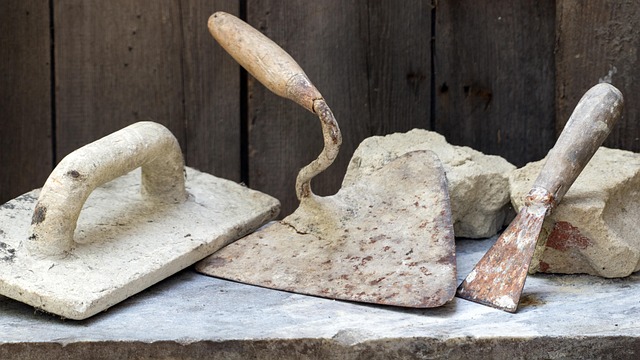Achieving a successful matte finish collision repair goes beyond visual appeal, offering practical benefits like reduced glare and UV protection. Collision repair technicians require clear communication and guidance on desired texture (flat or slightly textured) to select the right paint and application methods. Mastering this finish demands precise control over paint composition and drying conditions, as well as skilled handling of light reflection for complex vehicle curves. The matte finish is popular for its subtle sophistication, favored by car enthusiasts, and provides a discreet yet stylish repair solution that retains vehicle value.
In the realm of matte finish collision repair, clear communication is key to achieving client satisfaction. This article guides repair technicians through understanding and conveying unique paint expectations. From defining the distinctive characteristics of matte paint to offering strategic communication tips for color matching, texture, and potential imperfections, we empower technicians to manage client hopes effectively. Additionally, we provide strategies for setting realistic goals, discussing turnaround times, and addressing concerns, ensuring both top-quality repairs and delighted customers.
- Understanding the Matte Finish:
- – Define the unique characteristics of matte paint finishes.
- – Highlight their popularity and use cases in collision repair.
Understanding the Matte Finish:

When discussing paint expectations with repair technicians, it’s crucial to have a clear understanding of the desired finish, especially when aiming for a matte finish in collision repair. This type of finish is not just about aesthetics; it also serves specific purposes, such as reduced glare and better protection against UV damage. Technicians should be briefed on whether the matte finish is intended to be completely flat or slightly textured, as this can impact the choice of paint and application techniques.
A matte finish in car collision repair goes beyond simply achieving a non-glossy appearance. It requires precise control over the paint’s composition and application. This might involve using special paints designed for matte finishes and ensuring proper drying conditions to prevent premature fading or yellowing. Moreover, for vehicle bodywork with complex curves or contours, technicians must be adept at handling the nuances of light reflection to create a truly even and satisfying matte finish, enhancing the overall quality of tire services provided.
– Define the unique characteristics of matte paint finishes.

Matte paint finishes offer a distinct visual appeal compared to their glossy counterparts. Unique characteristics include reduced light reflection, creating a flat or slightly textured appearance that can enhance the vehicle’s overall design and give it a modern, sophisticated look. This finish is particularly popular among car enthusiasts who appreciate a more subdued and subtle aesthetic.
In the realm of collision repair, understanding these nuances is vital for achieving accurate vehicle paint repair. Auto body restoration experts need to be adept at matching the matte finish precisely, considering factors like color, texture, and even the subtle variations that can occur over time. Proper preparation and application techniques are essential to ensure a seamless blend with existing or restored areas, delivering top-notch car repair services that meet customer expectations for both functionality and aesthetics.
– Highlight their popularity and use cases in collision repair.

In the realm of collision repair, achieving a flawless matte finish has become increasingly popular due to its unique aesthetic appeal and practical benefits. This technique is widely sought after for both cosmetic and functional reasons in various vehicle dent repair scenarios, from minor fender benders to more extensive damage. The matte finish is not just a trend; it offers an alternative to the traditional glossy or satin finishes, catering to customers who prefer a subtle, modern look on their repaired vehicles.
Whether it’s for car paint services or fender repair, the matte finish stands out in the collision repair landscape. Its popularity stems from its ability to conceal imperfections, such as scratches and swirls, while providing a smooth, non-reflective surface. This makes it an excellent choice for those seeking a discreet yet stylish repair solution, ensuring their vehicle retains its value and looks as good as new on the road.
Effective communication about paint expectations is key to achieving satisfying results in matte finish collision repair. By clearly understanding the unique characteristics of matte paint, including its lack of gloss and subtle texture, technicians can better align their work with client desires. Open dialogue about desired sheen levels, color accuracy, and surface quality ensures that the final product meets or exceeds expectations, fostering trust and customer satisfaction in the repair process.
